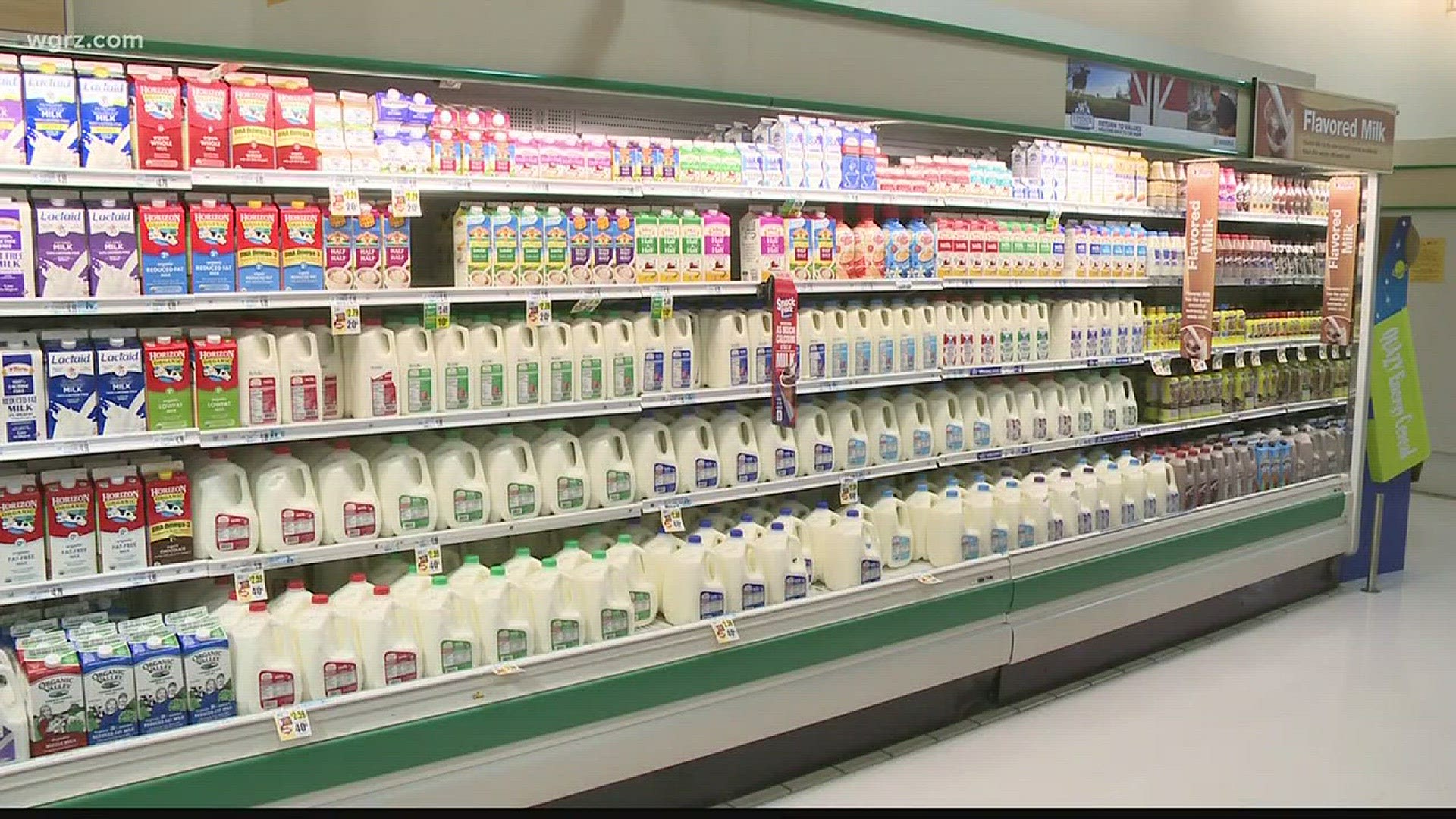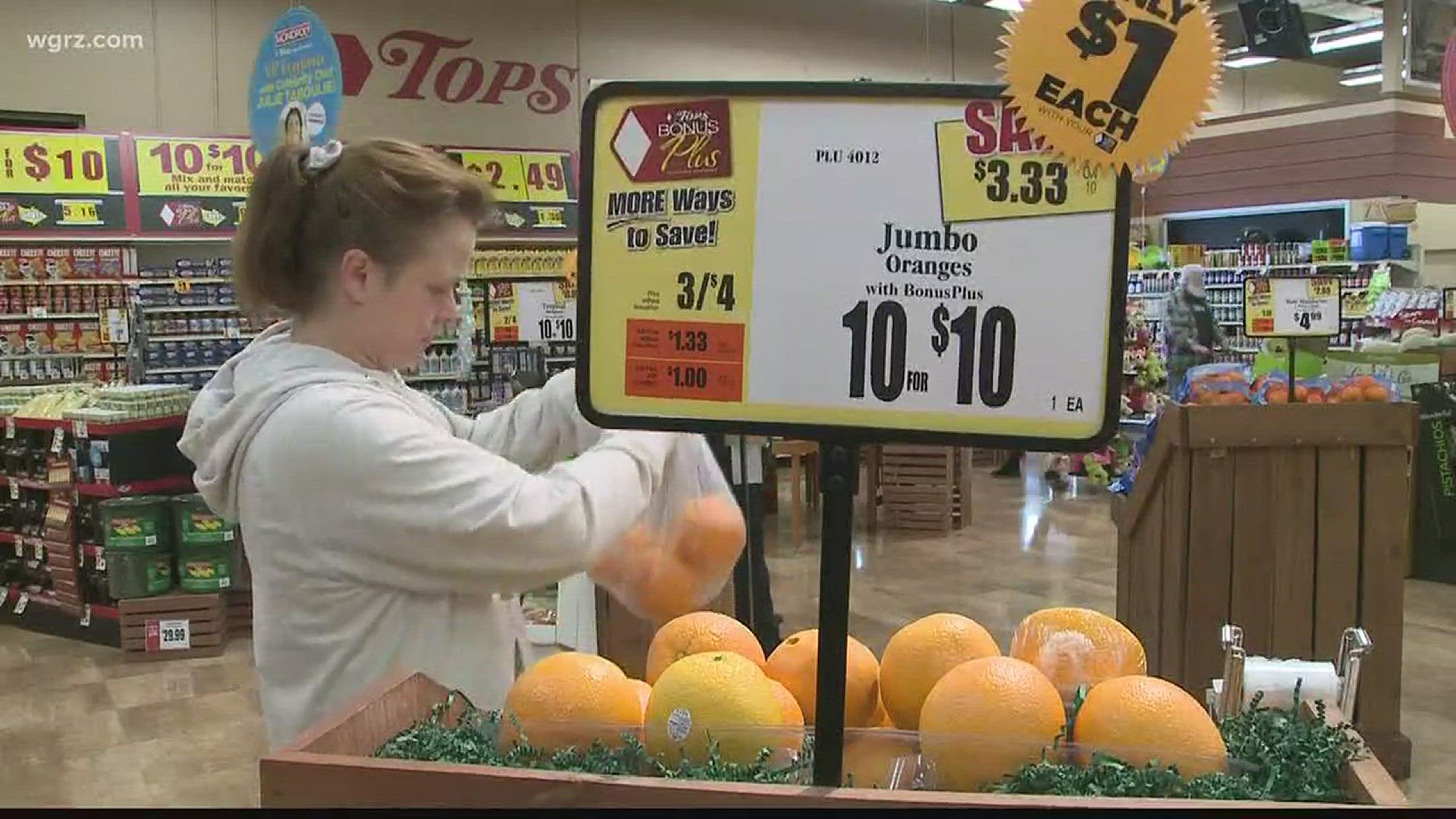Tops Markets has announced plans to financially restructure its business under Chapter 11 Bankruptcy.
Here's how the filing could impact Tops, its employees and customers.
What changes will customers notice?
Very few, according to “Supermarket Guru” Phil Lempert, a nationally recognized grocery store expert and local bankruptcy attorney John Mueller, who is a partner and co-chair of the financial reorganization group with Lippes Mathias Wexler Friedman LLP.
“Chapter 11 is an opportunity, essentially freezing everything, and it allows the debtor to enter into structured negotiations with creditors and unions,” said Mueller.
Muller said the motions will allow Tops to continue to operate normally from day to day.
“That will include everything from honoring customer loyalty programs, coupons, gift cards, and any of those types of things. Customers in the short term should not see any difference,” said Mueller. “Their Tops should continue to be stocked like normal and the same goods available.”
“I think it’s business as usual for right now, but they have to be thinking about their long-term strategy and how they’re going to change stores - which stores stay open and which will close,” said Lempert.
How will this affect employees?
Mueller said Tops may try to rework some of the collective bargaining agreements currently in place.
The UFCW, which represents 12,000 Tops employees, said Tops is currently paying all contractual obligations.
Teamsters Local 264 represents warehouse employees, as well as transportation, maintenance, and sanitation workers. The local president, Brian Dickman, said the union is in touch with the company and will monitor the situation and do what’s best for its members.
“Tops employees at the ground level should be confident in the short term. Ordinary payroll, that process should not be interrupted for everyone from the store clerk to the butcher to any other personnel. They’re going to be paid presumably in normal timing and by the normal process,” said Mueller.
How will this affect vendors?
“I think you’re going to see Tops go to some consumer package goods companies and ask for better pricing or more promotion to help them,” said Lempert.
He said some very small brands that are under-capitalized themselves may opt not to do business with Tops because they think it’s too risky, but he believes most brands will continue their business relationship with Tops.
“For a lot of vendors, they may be more protected when the company is in bankruptcy than prior to bankruptcy. The exposure that does exist for vendors is debts that existed or were unpaid as of today (the day of filing),” said Mueller.
He added that vendors should work with their legal counsel to make sure they are taking the necessary steps but says overall business should continue as usual.
Righting the Ship
“Sometimes that means sell, or perhaps sell off divisions or close certain locations or reject leases,” said Mueller. “Those are all things a debtor can do once they are under the umbrella of bankruptcy.”
Lempert says Tops needs to look well beyond tackling debt.
“I think they can do it [survive Chapter 11], but I think it’s going to mean looking at some store locations that aren’t profitable, re-doing some stores, remodeling them and putting in full-service restaurants which is a trend called “grocerants” that we’re seeing around the country,” said Lempert. “They’ve got to change their strategy a bit to step up and meet the needs, especially of millennials and generation Z who are food obsessed.”


